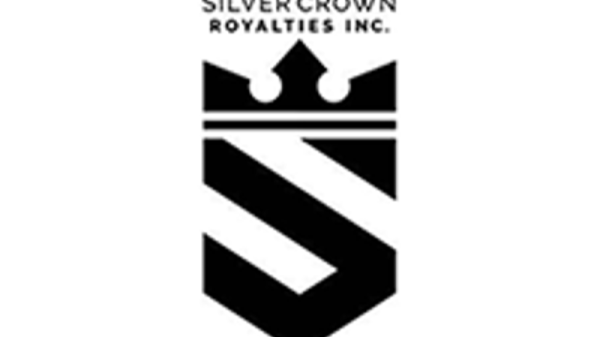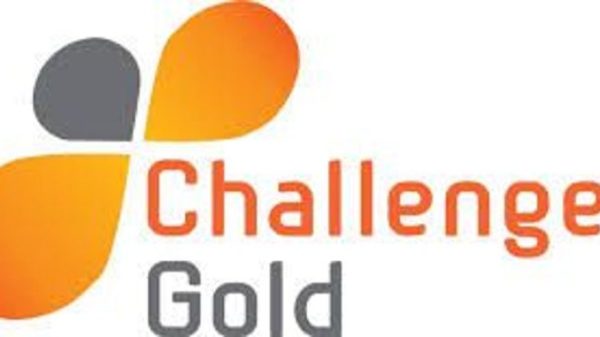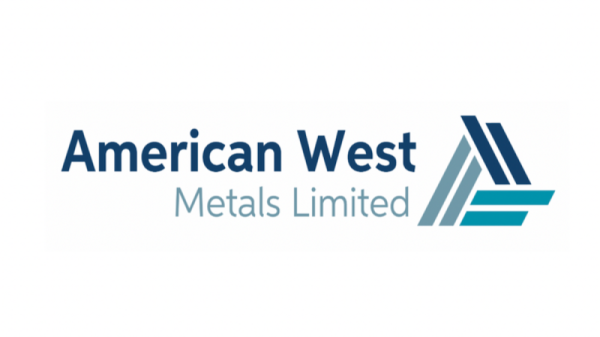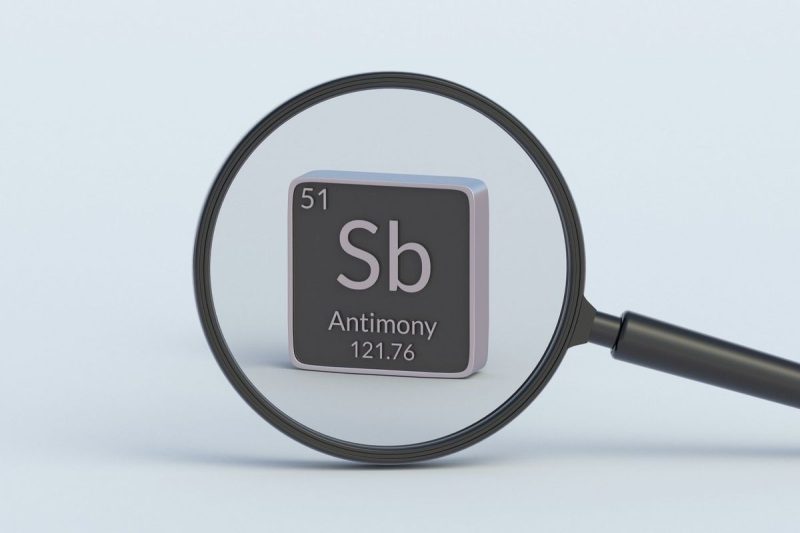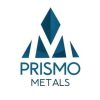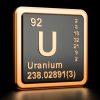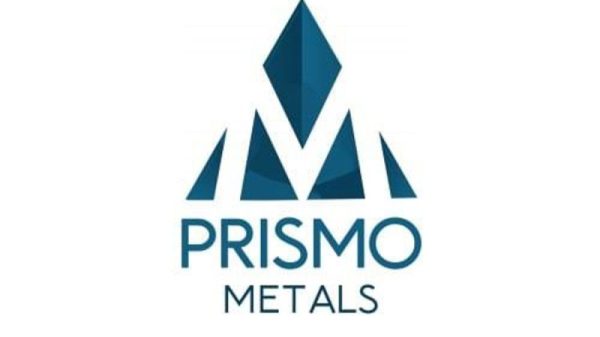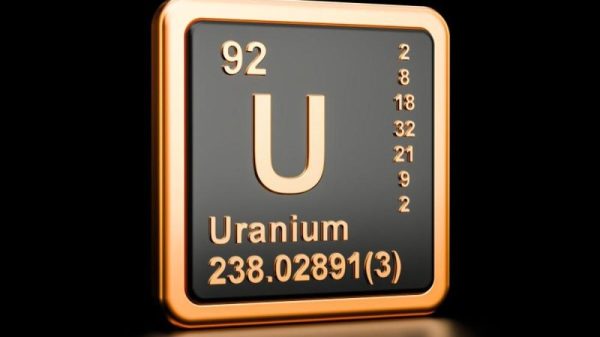Liberty Gold (TSX:LGD,OTCQX:LGDTF) plans to spin out its Goldstrike project, including the Antimony Ridge discovery, into a separate entity that will focus on strategic metals exploration and development in the US.
The company will continue developing its Black Pine oxide gold project in Idaho, while shareholders will gain exposure to a newly formed entity dedicated to antimony and gold assets in Utah.
In a Tuesday (February 11) press release, Liberty Gold said it has identified a third high-grade antimony zone at Antimony Ridge, located approximately 1.5 kilometers west of previously known mineralization.
The newly discovered zone extends over 400 meters, contributing to a cumulative mapped strike length exceeding 2 kilometers. Soil geochemical anomalies suggest a broader mineralized area spanning up to 5 kilometers.
Recent surface sampling in the new zone has yielded antimony values exceeding 3 percent and gold concentrations reaching 0.68 grams per metric ton. Additional sampling efforts are ongoing to further delineate the mineralized zone.
Further, three drill sites near the historic Lejaiv mine at Antimony Ridge are permitted, with additional applications underway to cover a larger portion of the mineralized trend. Liberty Gold has also expanded its land position at Antimony Ridge by staking an additional 2 square kilometers, increasing the total claim block to 10 square kilometers.
‘We believe that separating Liberty Gold into two independent entities will unlock significant shareholder value and maximize market exposure to both the Black Pine Oxide Gold Project in Idaho and to the new Antimony Ridge discovery at our Goldstrike Project in Utah,’ said Cal Everett, CEO and director at Liberty Gold, in the company’s release.
Future plans for Antimony Ridge include additional surface sampling, detailed field mapping and geophysical surveys.
A drill permit application is expected to be submitted in the first quarter of 2025 to evaluate the depth and lateral extent of mineralization. An initial drilling program of up to 5,000 meters is planned from 16 drill sites.
Discussions are also underway regarding processing options, including toll milling agreements and potential partnerships for establishing a dedicated US-based processing facility. The company is assessing funding opportunities through government grants to support the development of domestic antimony production.
The spinout transaction is expected to create distinct investment opportunities for shareholders, separating Liberty Gold’s oxide gold development from the new entity’s strategic metals focus. Additional details regarding the structure of the spinout and future exploration plans will be released as regulatory approvals progress.
Antimony market outlook
According to Research and Markets, the global antimony market is projected to grow from an estimated US$2.5 billion in 2024 to US$3.5 billion by 2030, reflecting a CAGR of 6.2 percent.
Overall, the Asia-Pacific region accounts for nearly 44 percent of global demand, driven by applications in flame retardants, lead-acid batteries and electronic components.
Antimony trioxide and pentoxide compounds are widely used in fire-resistant materials for construction, textiles and electronics. Antimony is also considered a strategic metal for military and defense applications.
Antimony-lead alloys play a key role in lead-acid batteries, which remain essential for automotive applications, backup power systems and renewable energy storage. While lithium-ion batteries dominate the electric vehicle market, lead-acid batteries continue to be used for auxiliary power and engine startup functions.
The stability of antimony demand is tied to its diverse industrial applications, which include plastics, coatings and glass manufacturing.
Securities Disclosure: I, Giann Liguid, hold no direct investment interest in any company mentioned in this article.




















